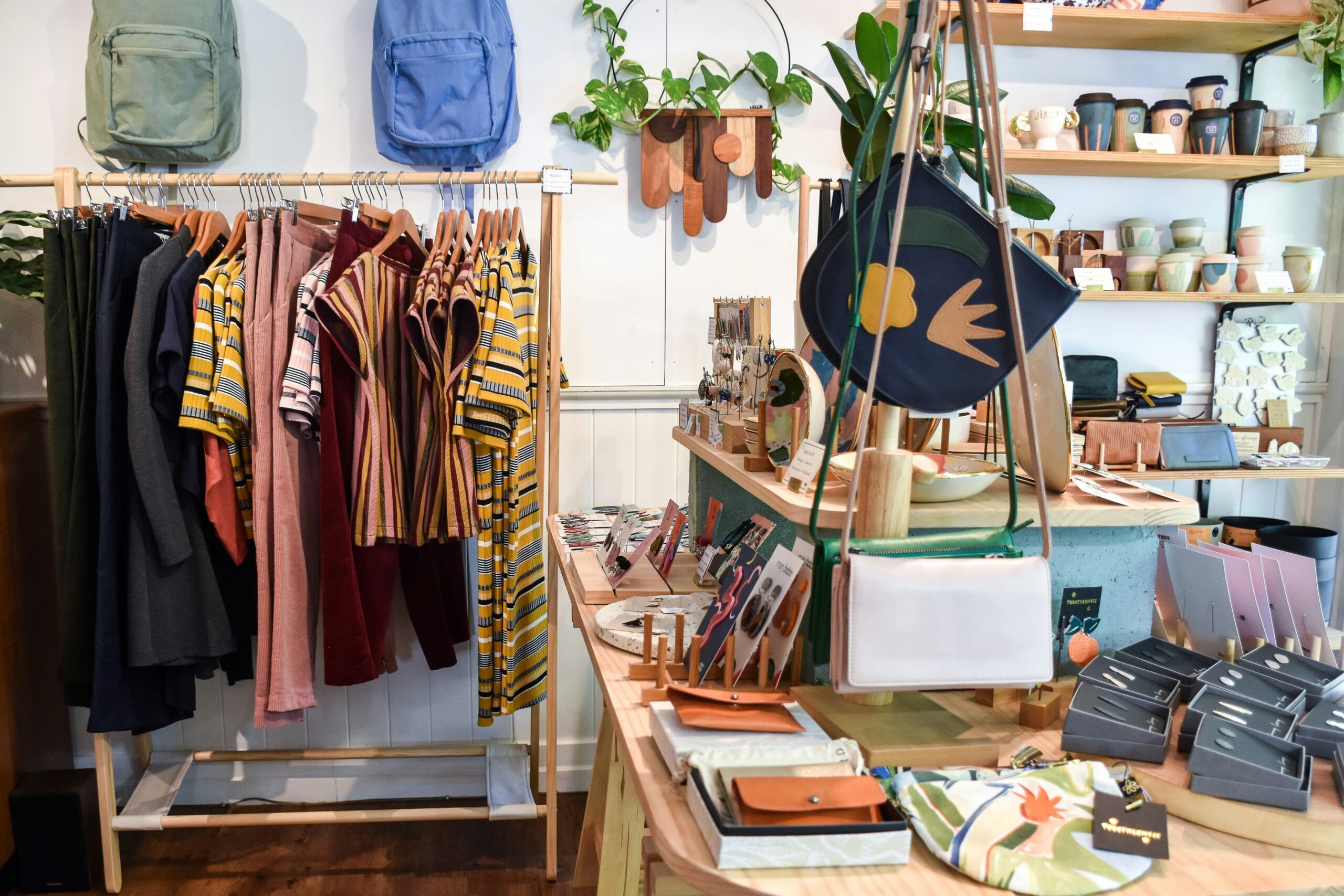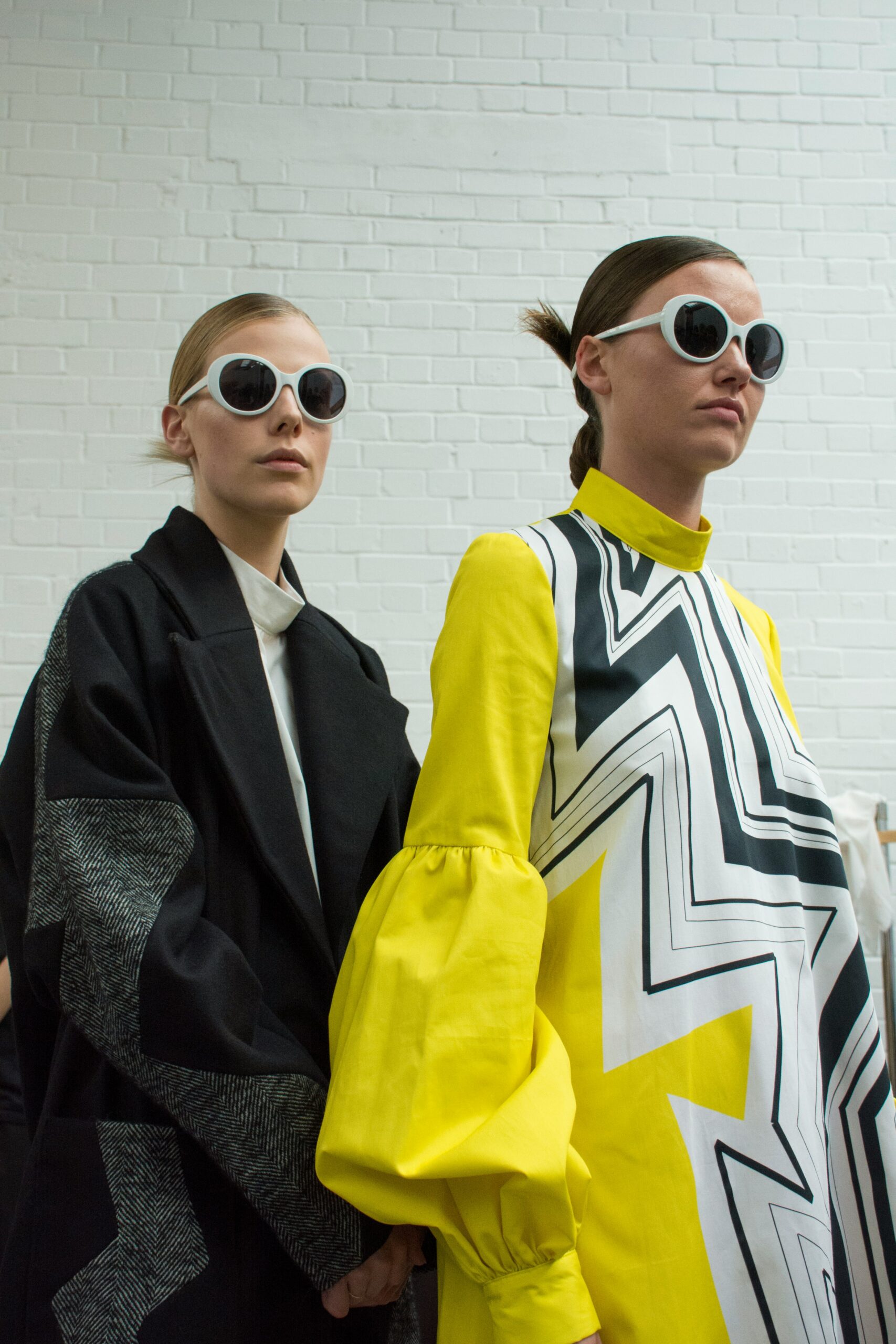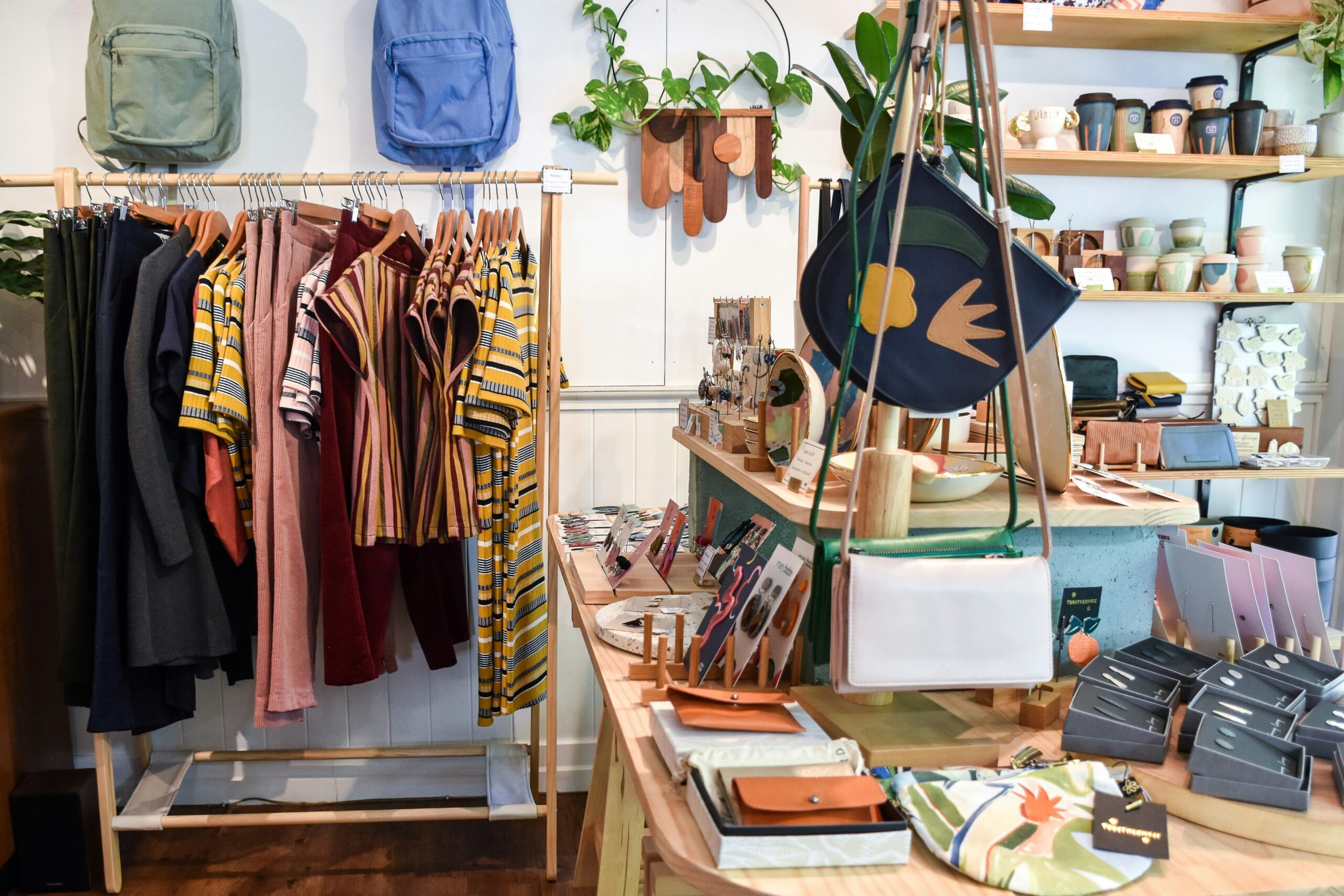In recent years, the fashion industry has faced increasing scrutiny for its negative impact on the environment. From the production of textiles to the disposal of clothing, the industry contributes to pollution, waste, and resource depletion. However, with the rise of technology and the growing popularity of mobile apps, there is an opportunity to mitigate these environmental issues through eco-friendly fashion apps that prioritize sustainability and user experience.
User Interface (UI) and User Experience (UX) design play a crucial role in the success of any mobile app. When it comes to eco-friendly fashion apps, UI/UX design can make a significant difference in reducing the environmental footprints of users. By incorporating sustainable principles into the design process, these apps can encourage users to make more conscious fashion choices and adopt sustainable behaviors.
One way in which eco-friendly fashion apps can promote sustainability is by providing information about the environmental impact of different clothing items. Through clear and intuitive interfaces, users can easily access data on the materials used, manufacturing processes, and carbon footprint associated with each garment. This transparency empowers users to make informed decisions and choose more sustainable options. By highlighting the environmental impact of certain clothing items, these apps can encourage users to reconsider their choices and opt for eco-friendly alternatives.
Another important aspect of UI/UX design in eco-friendly fashion apps is the integration of features that promote reuse and recycling. By incorporating functionalities such as clothing swaps, rental services, and second-hand marketplaces, these apps can extend the lifespan of clothing items and reduce the need for new production. This not only reduces waste but also encourages a shift towards a more circular economy in the fashion industry. Intuitive navigation and seamless transactions within these features ensure a positive user experience, making it easier for users to participate in sustainable practices.
Personalization is another key element of UI/UX design that can enhance the effectiveness of eco-friendly fashion apps. By understanding users’ preferences, style, and sustainability goals, these apps can provide tailored recommendations and suggestions. This personalized approach not only improves the user experience but also helps users discover sustainable fashion options that align with their individual tastes. By making sustainable fashion more accessible and appealing, these apps can encourage a wider adoption of eco-friendly practices.
Gamification is a powerful tool that can be leveraged in UI/UX design to motivate users and drive sustainable behaviors. By incorporating elements of competition, rewards, and challenges, eco-friendly fashion apps can make sustainable choices more engaging and enjoyable. For example, apps can offer virtual badges or discounts for users who consistently choose eco-friendly brands or reduce their clothing consumption. This gamified approach not only encourages users to make sustainable choices but also fosters a sense of community and shared responsibility.
Furthermore, UI/UX design can play a role in educating users about sustainable fashion practices. Through interactive tutorials, informative articles, and engaging visuals, these apps can raise awareness about the environmental impact of the fashion industry and provide tips for more sustainable living. By making this information easily accessible and visually appealing, eco-friendly fashion apps can empower users to become advocates for change and inspire others to join the movement towards sustainability.
In conclusion, eco-friendly fashion apps have the potential to reduce the environmental footprints of users by incorporating sustainable principles into UI/UX design. By providing information, promoting reuse and recycling, personalizing recommendations, gamifying sustainable behaviors, and educating users, these apps can encourage more conscious fashion choices and contribute to a more sustainable fashion industry. Through intuitive interfaces and seamless experiences, eco-friendly fashion apps can empower individuals to make a positive impact on the environment while enjoying the benefits of technology.









Leave a Reply